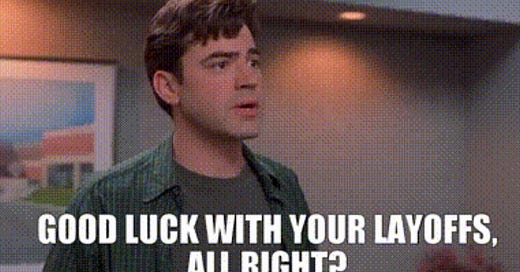Don't look now, but we're being "Bridgespanned"
They sell nonprofit expertise and their Founder just joined the Gates Board. But this is Bain's model. Nonprofits should pay attention, and maybe push back.
Earlier this month, the Gates Foundation announced the addition of a trio of trustees who are purported to steer the philanthropic behemoth past the high profile split of the charitable power couple.
While this blogger is not a huge fan of the Gates Foundation - with their $500M annual infrastructure burn rate and massive climate footprint due to exten…
Keep reading with a 7-day free trial
Subscribe to The Philanthropy Network Newsletter to keep reading this post and get 7 days of free access to the full post archives.




